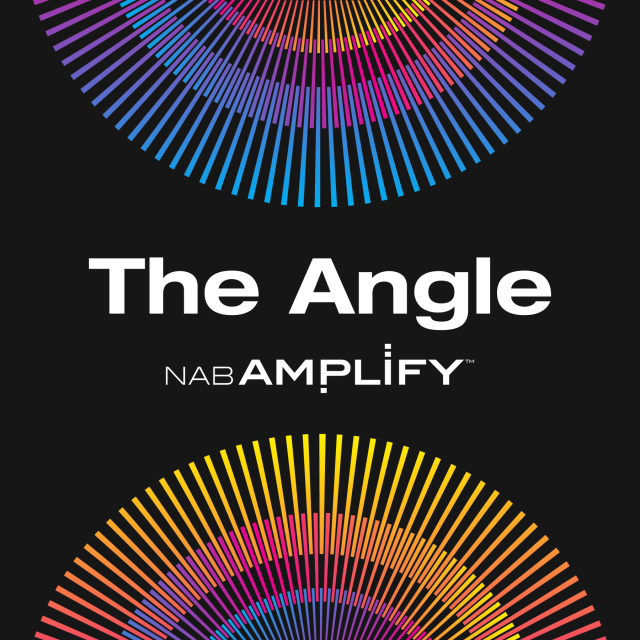
Efficiency is a key focus for the video streaming industry, but delving into the efficiency of video streaming reveals the inherent challenge of quantifying and estimating the impact of the many workflow components.
Sustainability is intrinsically linked to this challenge, with between 2% and 4% of global energy usage accounted for by ICT and with more than 70% of internet traffic associated with video, it is clear that improving the industry’s energy footprint will have a significant impact. As more OTT services re-evaluate both their utilization and carbon footprint, there is a growing realization that reducing energy consumption is both good for efficiency and for the bottom line. But these solutions don’t always mean an ‘out with the old, in with the new’ philosophy. Instead, it is possible to address the challenges of video streaming with an approach that combines soft-touch technological innovation and a commitment to long-term operational responsibility.
Challenges for OTT providers
The complexity of delivering OTT video services is growing, with players consolidating and servicing a growing and diverse audience. In many countries, bandwidth availability is still often a problem for reliable delivery of OTT video content. Where bandwidth is available, users are demanding higher resolutions and frame rates, such as 1080p60, 4K and looking at 8K. The recent push for live content and ultra-low latency gaming content by some of the providers is putting further pressure to their infrastructure. This, in turn, has service providers looking at new technologies to provide higher delivery efficiencies. Better video compression, provided by generation after generation of video codecs such as AVC/h.264, HEVC and now AV1) has always been considered a primary way to reduce cost of delivery. However, streaming content creation must be duplicated to serve multiple devices with different capabilities. Moreover, the new codecs come with a computational cost that is often orders of magnitude higher than the previous, impacting the overall efficiency and sustainability of the datacenter.
Codec enhancement for improved efficiency
MPEG-5 LCEVC (Low Complexity Enhancement Video Coding) in an interesting new option in the services toolbox. As the name indicates, LCVEC is a ‘Low Complexity’ enhancement. It improves the computational and compression performance of the ‘base codec’ it goes to enhance, which – uniquely – can be any of the ones mentioned above. The enhancement layer specification allows for carrying a UHD stream as an enhancement to an underlying HD stream, saving bandwidth. It also allows to carry HDR over an SDR channel with only a slight increase of complexity. The trade-off is overwhelmingly positive.
The enhancement layer provides advanced features that extend the compression capability of the base codec, by lowering encoding and decoding complexity and providing an evolving platform for additional future enhancements.
In practical terms, LCEVC has been proven to deliver higher-quality video at up to 40% lower bitrates, reduce transcoding energy usage by up to 70%, enhancing the capabilities of the native codecs device supports. LCEVC works by encoding a lower resolution version of a source image via any existing codec base, the enhancement compression method then makes a comparison between the reconstructed lower resolution image and the original source image. The remaining details that make up the difference are efficiently and rapidly compressed using LCEVC. This enables providers to minimize the energy needed for transcoding without adversely affecting quality.
Streaming trends and consumer expectations
The trend of OTT consolidation has pushed for a bigger focus on ensuring efficiency within a concentrated market, and in tackling subscriber churn, as viewers are more likely to cancel a service that has inconsistent delivery. However, as platforms need to trade off viewer quality-of-experience against operational and delivery costs, compression technologies continue to evolve and remain a cornerstone of high-quality service delivery.
Trends such as the demand for live streaming and cloud gaming have led to a need for new technologies and infrastructure to support efficient high-quality live streaming. OTT streaming providers will continue investing in new video compression standards, such as HEVC and AV1. Due to the flexibility of implementation, leveraging the LCEVC codec enhancement offers platforms a flexible tool to improve on a diverse set of metrics that facilitate a better experience for audiences. These include better efficiencies at the data center, cost savings at the CDN and a faster adoption of new codecs on certain devices.
An efficient future for video consumption
A more efficient codec allows OTT providers to deliver better video with less bandwidth, delivering optimal experiences, driving more engagement, and requiring less infrastructure. LCEVC can help media companies stay ahead of the curve and deliver better experiences at lower cost and lower energy consumption.

Why subscribe to The Angle?
Exclusive Insights: Get editorial roundups of the cutting-edge content that matters most.
Behind-the-Scenes Access: Peek behind the curtain with in-depth Q&As featuring industry experts and thought leaders.
Unparalleled Access: NAB Amplify is your digital hub for technology, trends, and insights unavailable anywhere else.
Join a community of professionals who are as passionate about the future of film, television, and digital storytelling as you are. Subscribe to The Angle today!
